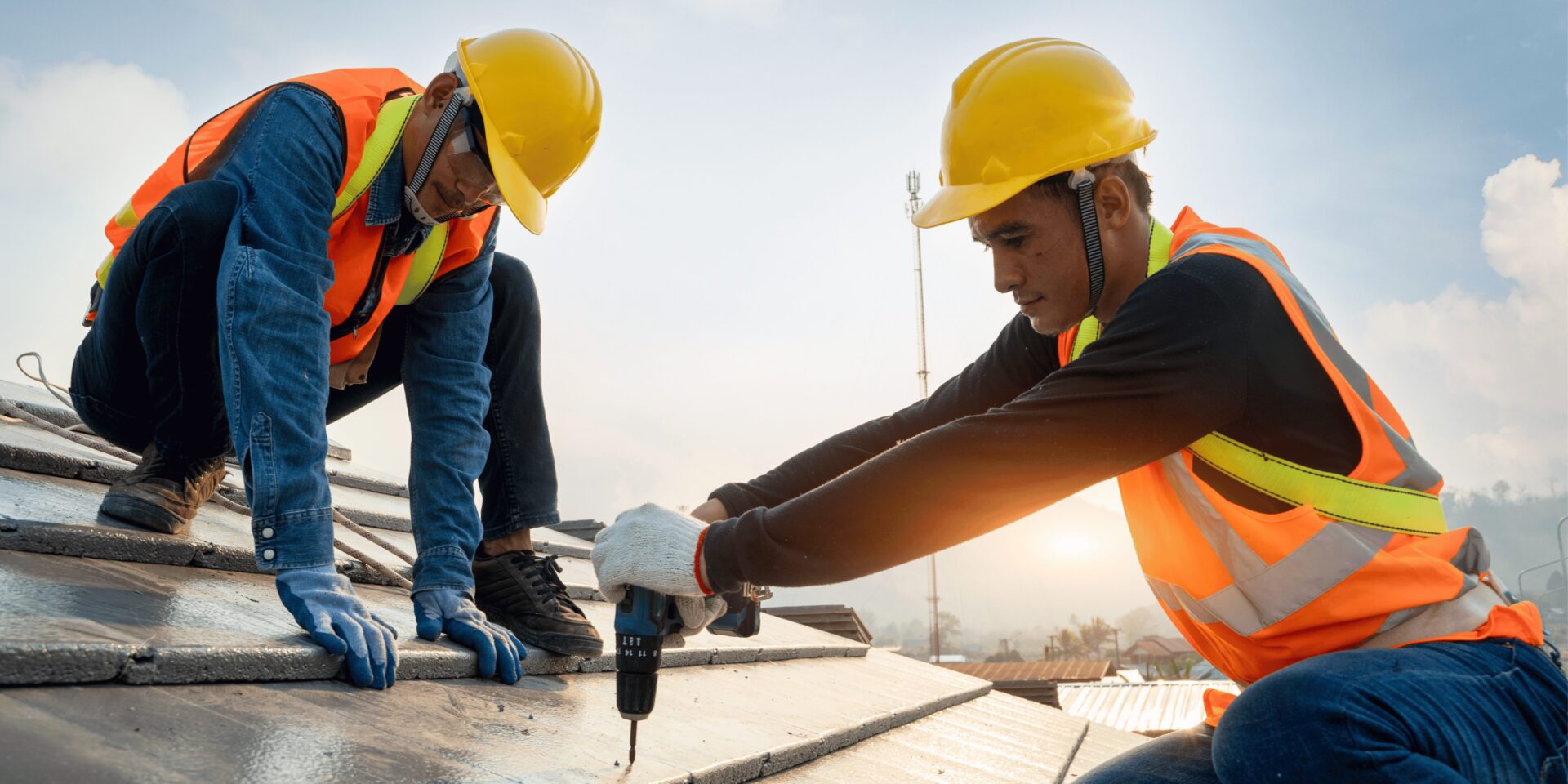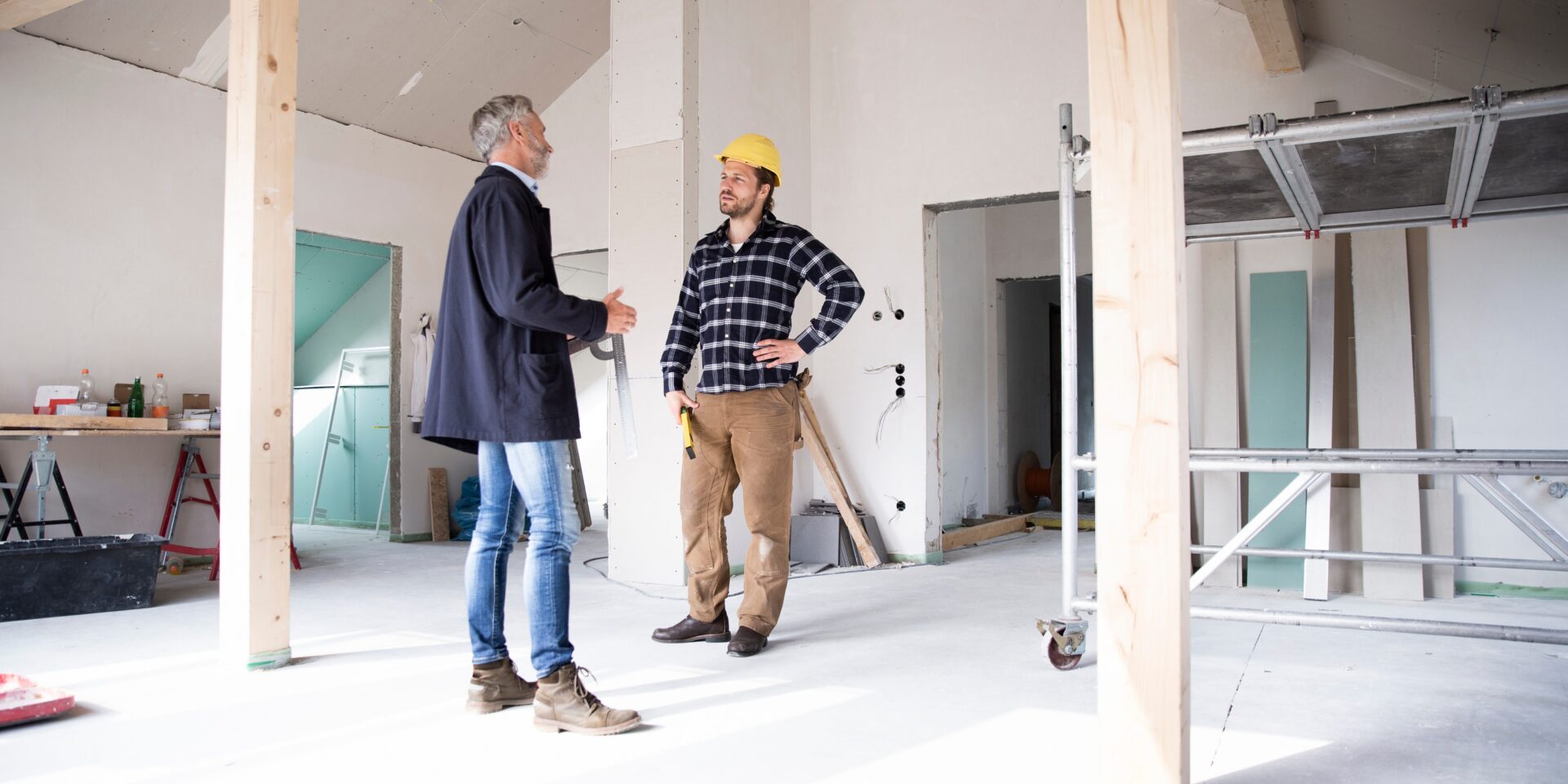Inflation Reduction Act’s Impact on 179D: Prevailing Wag...
179D – Energy Efficient Commercial Building Deduction The Internal Revenue Service Section ...

There are a number of valuable tax incentives for the developers of commercial and residential real estate properties which were extended and expanded as part of the Federal Government’s Inflation Reduction Act of 2022 (IRA). Here is an overview of one of those key incentives, the §179D Commercial Building Energy Efficiency Tax Deduction, and how to access it.
Carbon footprint, sustainability, and energy efficiency are all topics that are front of mind for different stakeholders in the Real Estate industry. Governments want to see energy consumption reduced, builders and investors are looking for more sustainable solutions, and buyers/renters are prioritizing environmental impact when choosing where to live and work.
Given that sustainability is such a high priority, it is no surprise that the US Government has put in place extensive measures to reward those who are adopting greener practices, and many of those rewards take the form of tax incentives.
Of the various incentives available, one that has risen to the top of the agenda for many building owners has been the §179D Commercial Building Energy Efficiency Tax Deduction (179D). This incentive was updated in legislation that recently passed as well, making it particularly topical for those working within the Real Estate development industry.
This incentive targets developers that have invested in energy efficient building systems when either building or retrofitting a commercial or residential building. Assuming the building meets certain energy efficiency requirements, once it has been placed into service, the owner can receive a tax deduction on a per square foot basis – making the incentive particularly interesting for larger energy efficient structures.
In 2019, the 179D became a permanent part of the tax code, meaning that building owners are now able to start relying on this incentive in advance without having to worry about it being discontinued.
In its current form, the 179D offers a deduction of up to $1.88 per square foot of the subject building. The $1.88 is split between three building system categories, including HVAC, Lighting, and Envelop. If each of these systems meet the energy benchmark requirements set out by ASHRAE 90.1 and the IRS, then they can qualify individually or collectively.
The deduction is taken on the company’s income statement, and subsequently reduces the assessable income.
As of 2023, the 179D will be administered under a new set of rules, as per the updates included in the Inflation Reduction Act of 2022.
The good news is that the deduction will be increased from $1.88 to a sliding scale of between $2.50 and $5.00 per square foot, depending on the level of energy efficiency achieved. The new process will eliminate the division between the three systems and will instead measure efficiency across the entire building.
Additionally, the incentive will change from being something that can be claimed on a once-per-building basis to once every three years, assuming the building has kept up with the relevant energy requirements.
However, additional requirements pertaining to prevailing wage payments to those contracted to build the building, as well as the use of apprentices will need to be met in order to access this expanded version of the deduction.
If these additional requirements are not met, the 179D will still be claimable, but the value of the benefit will drop to $1.00 per square foot.
When considering claiming this incentive, it is important to be aware of the other implications that claiming it has on the building owners tax affairs.
For one, upon claiming the deduction, the business owner is required to reduce the basis of the building by the amount of the deduction. Additionally, given that the nature of this incentive is a ‘deduction’ as opposed to a ‘credit’, the company needs to apply its prevailing tax rate to the deduction to calculate the net benefit – which can vary significantly depending on the corporate structure and income bracket.
Most of the time, it is still very beneficial to claim this incentive, as it can unlock cashflow during a critical phase of business growth. However, it would be advisable to speak to an expert to determine the extent of how the incentive benefits your business.
To claim the 179D, the building owner needs to go through the following steps:
179D deductions can only be taken in the tax year that the building was placed into service. However, businesses are able to go back and amend returns from up to three tax year’s prior, which means that this incentive effectively has a lookback period of three years.
Once 2023 begins and the rules of the new legislation come into play, the look back period will still fall under the original version of the incentive, while new claims will fall under the updated version – making it more important than ever to seek professional guidance on how to navigate that complex set of circumstances.
The net benefit of the deduction can be carried forward for 20 years after being claimed.
There are certain instances where general contractors, including those working in the Architecture, Engineering, and Construction verticals (AEC) can access the 179D Tax Incentive too. Pre-IRA, these instances were limited to when those AEC businesses were working on publicly owned buildings, where the government body contracting them could allocate the deduction to the contractor.
However, in some welcome news to the AEC industry, the IRA will see these criteria expanded, allowing all non-taxpaying entities to allocate this deduction to their main contractor, greatly incentivizing these contractors to build energy efficient structures for these organizations.
It is worth noting that being AEC companies working on these building types are not the owners and are therefore not subject to the tax ramifications outlined earlier, this deduction has no strings attached, making it particularly beneficial the contractors who access it.
All told, there is a lot to be benefit from for those looking to claim the 179D Tax Deduction. However, seeking advice on how to claim it, and ensuring it is done with the utmost diligence is crucial. For those who have built buildings with energy efficiency in mind over the last few years, it would be advisable to reach out to an expert to assess your property portfolio to assess its eligibility.
For those who are in the design or planning phase of new development projects, consulting with a professional who has an understanding of the changes introduced through the IRA and planning with those in mind can make a significant difference in your ability to claim this incentive when the time comes.
Explore our latest insights
See more arrow_forward
179D – Energy Efficient Commercial Building Deduction The Internal Revenue Service Section ...

The US R&D Tax Credit has emerged as a game-changer, offering substantial benefits to fuel th...

Overview In the wake of the AI boom, sparked by pioneers like Geoffrey Hinton, Yoshua Bengio, and...

Overview Energy Star Certification for homes was established in 1996. With changes to the 45L tax...